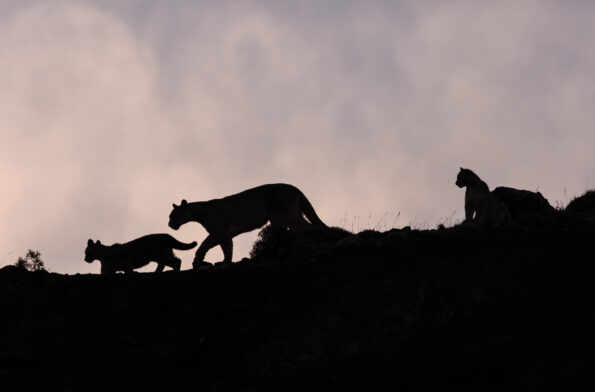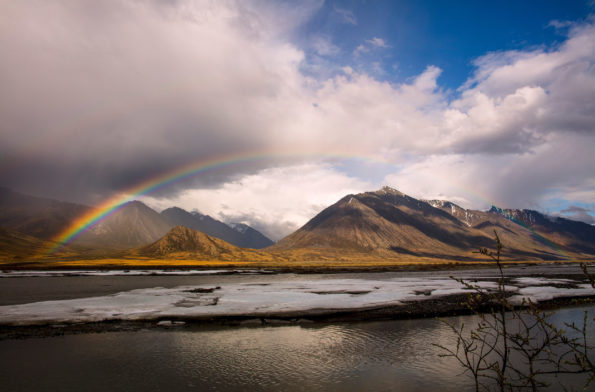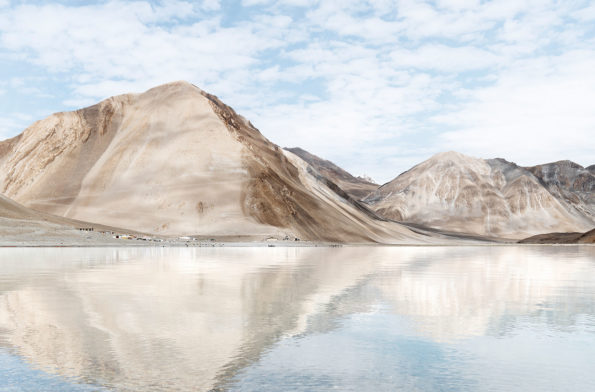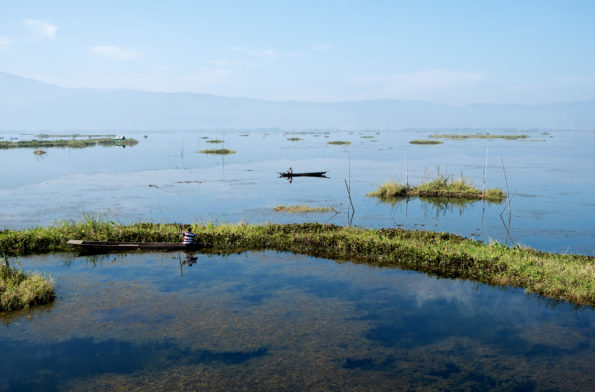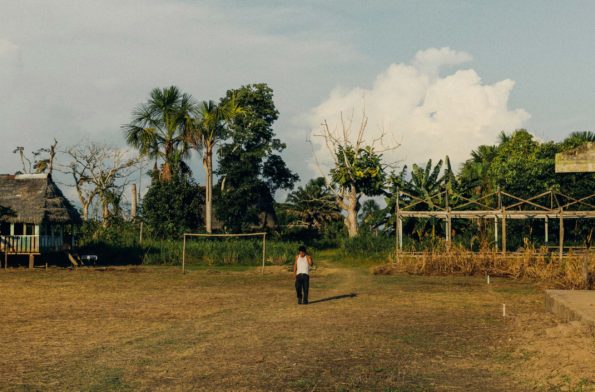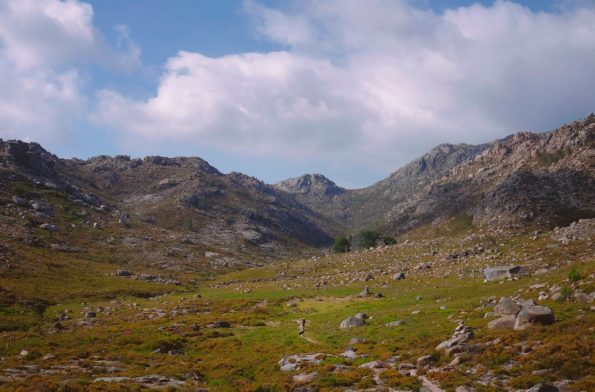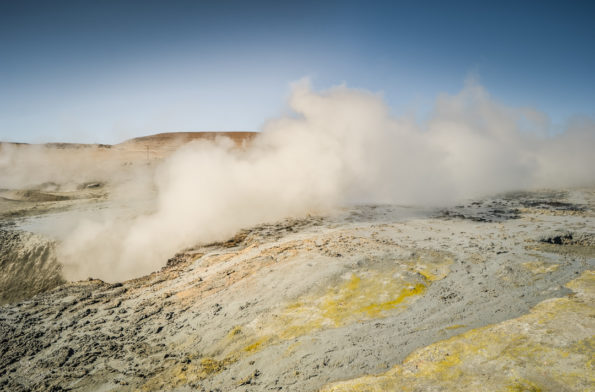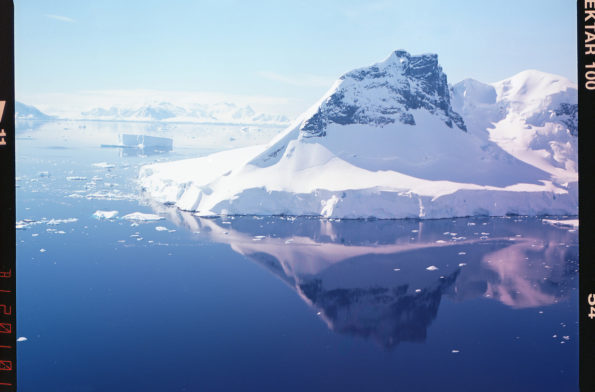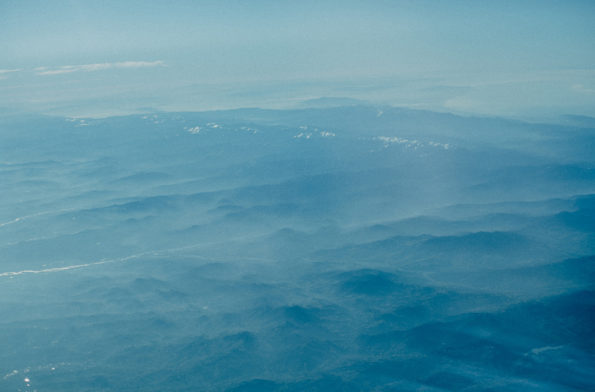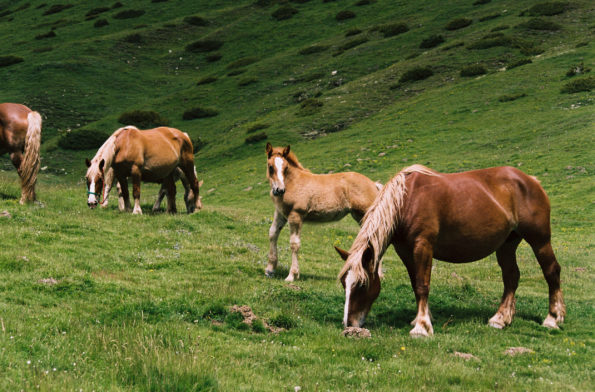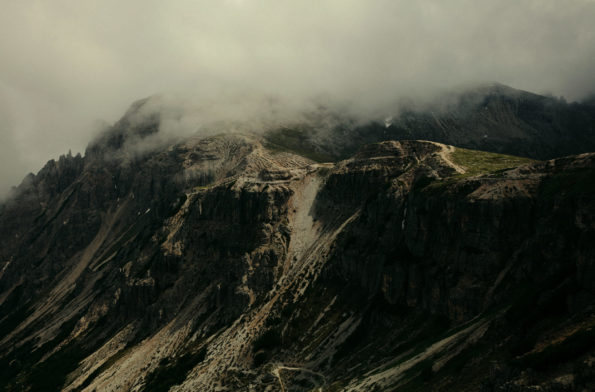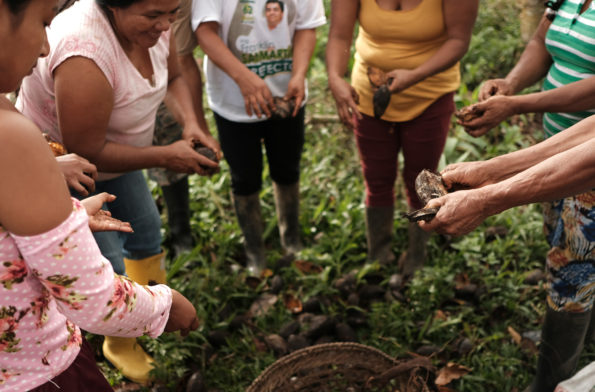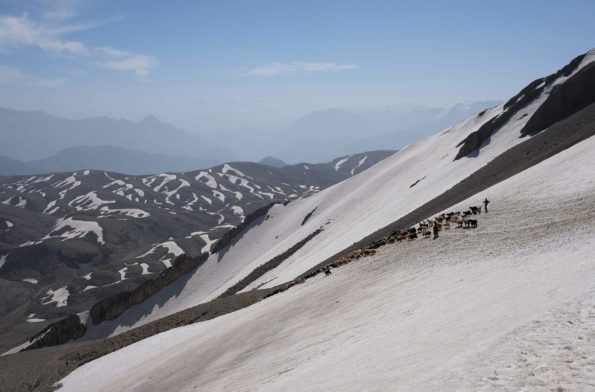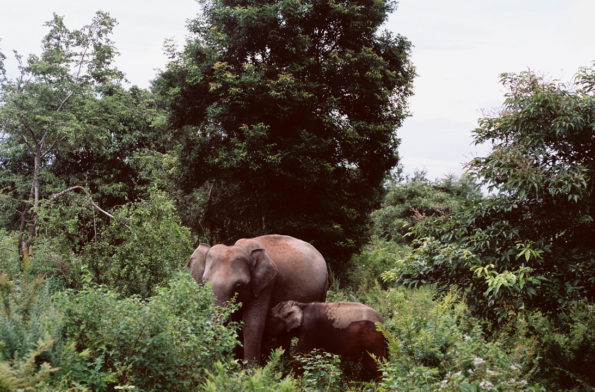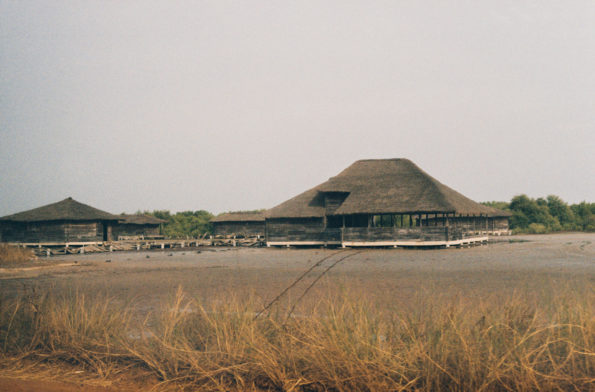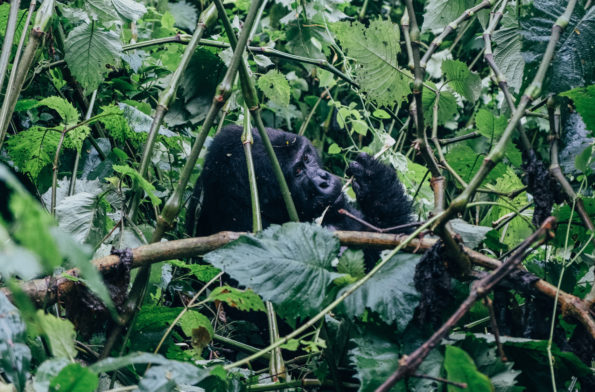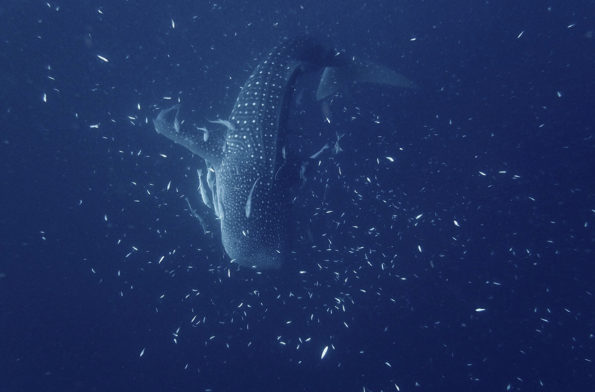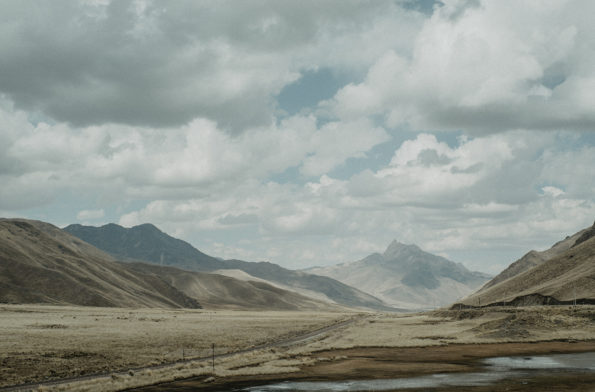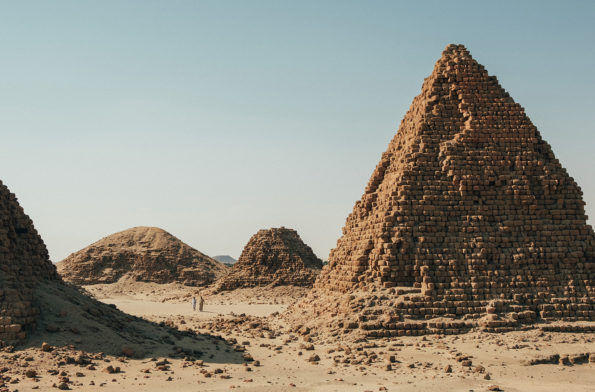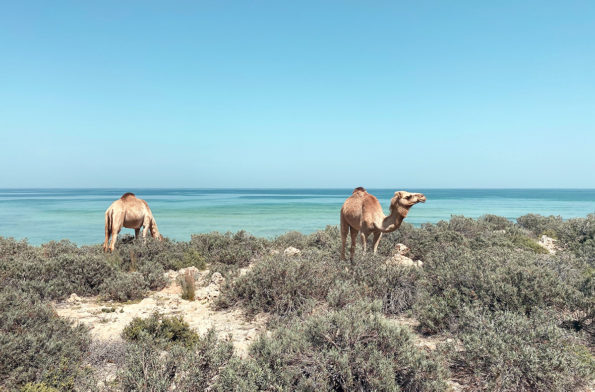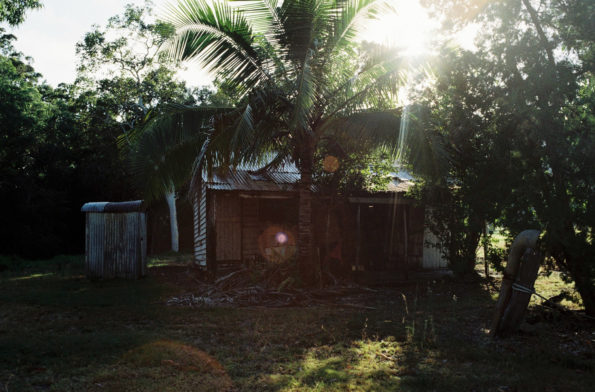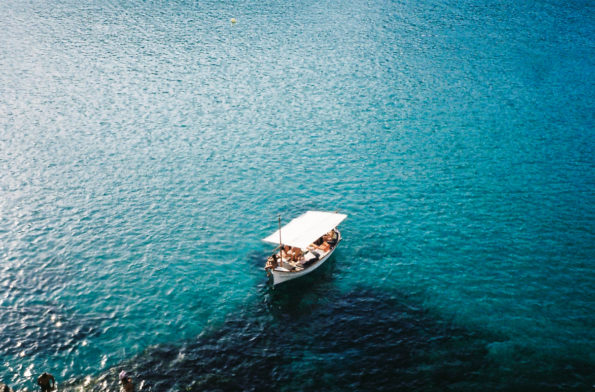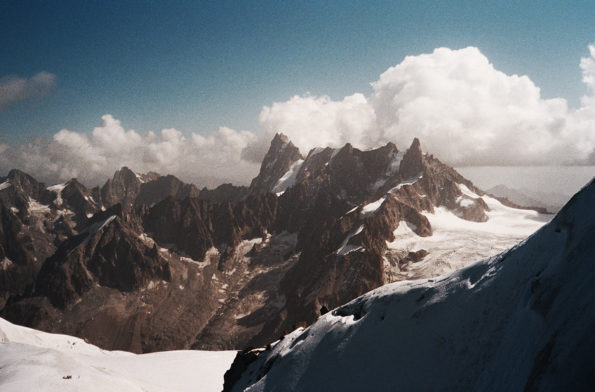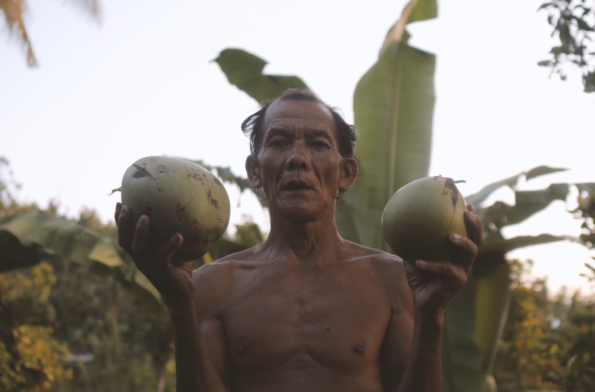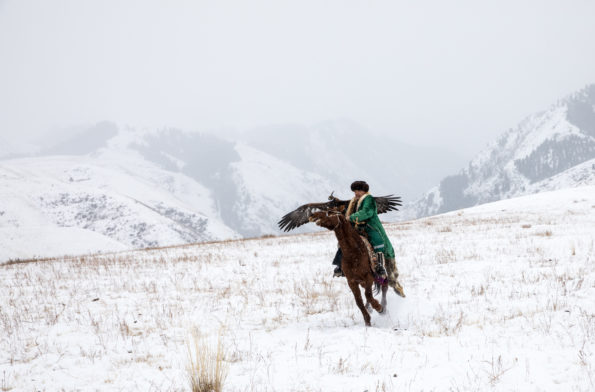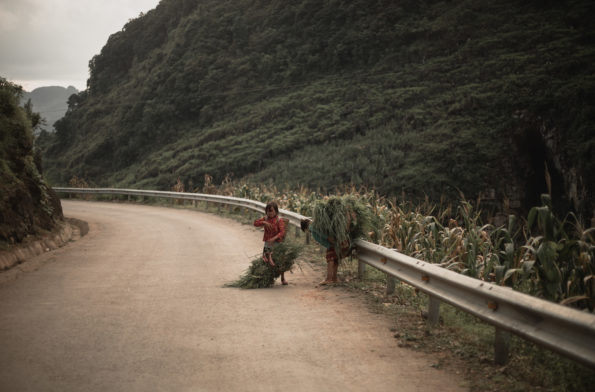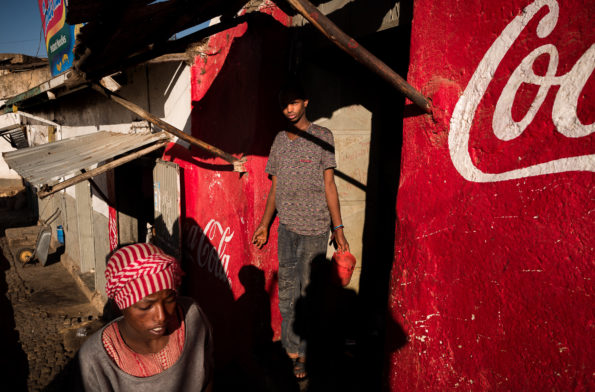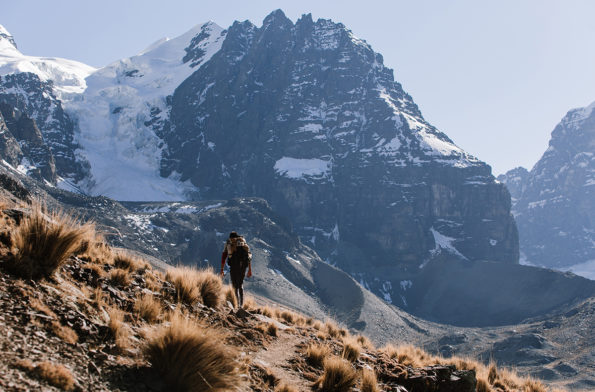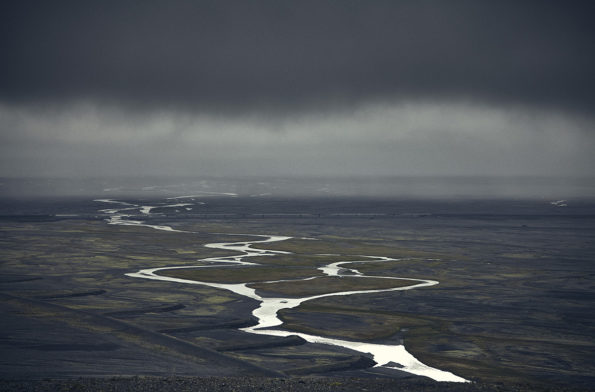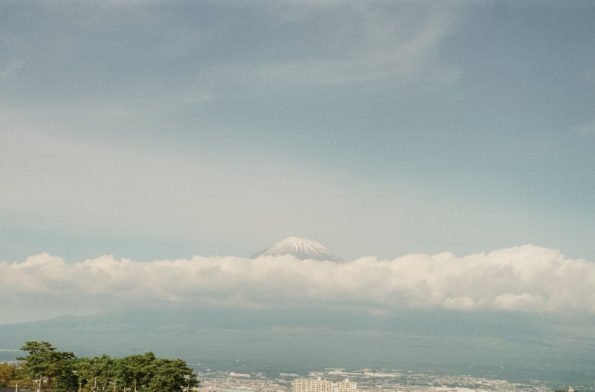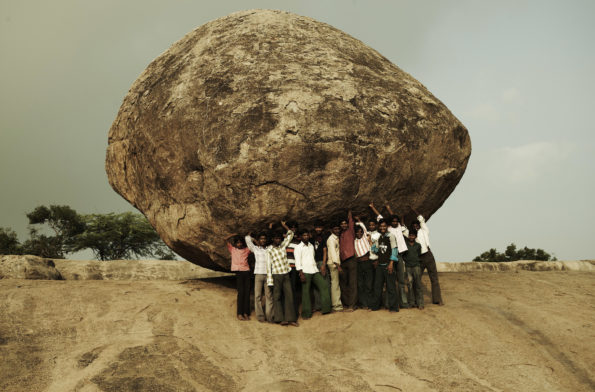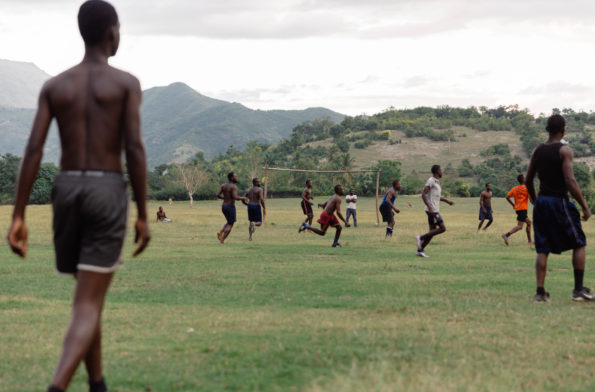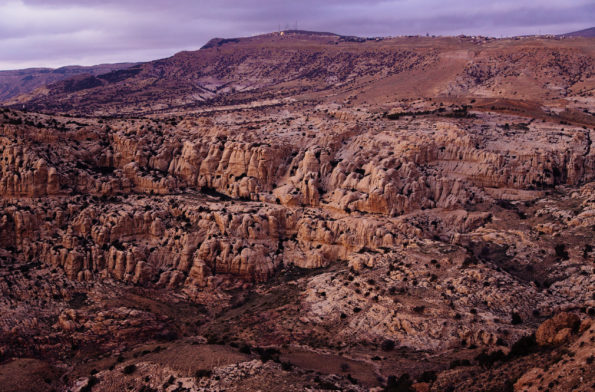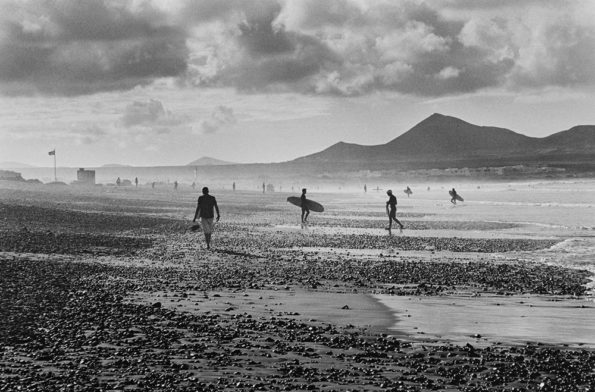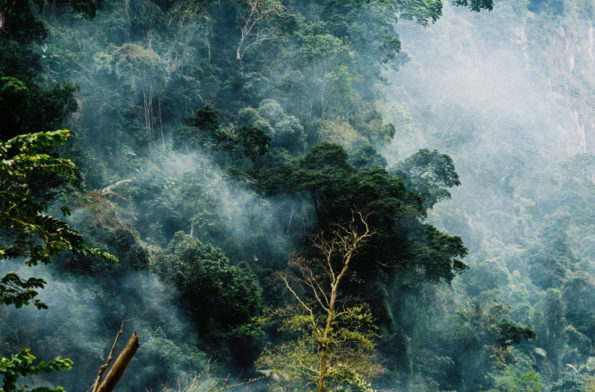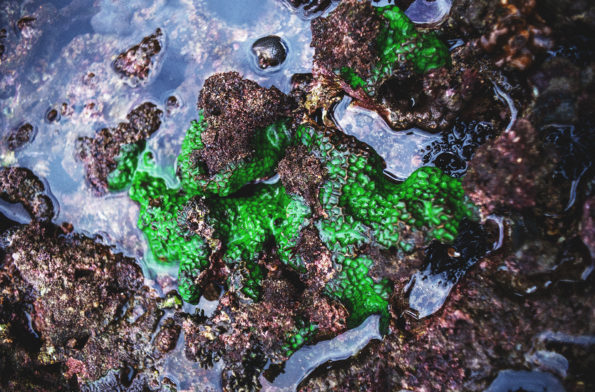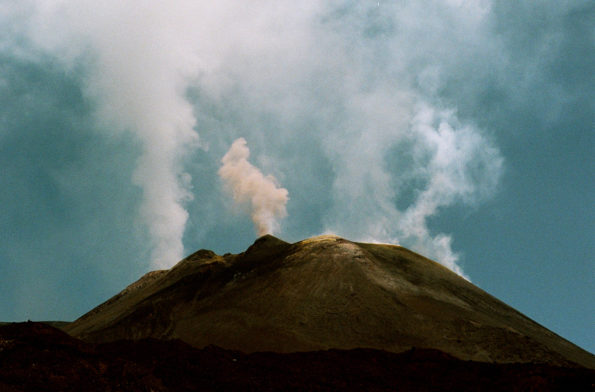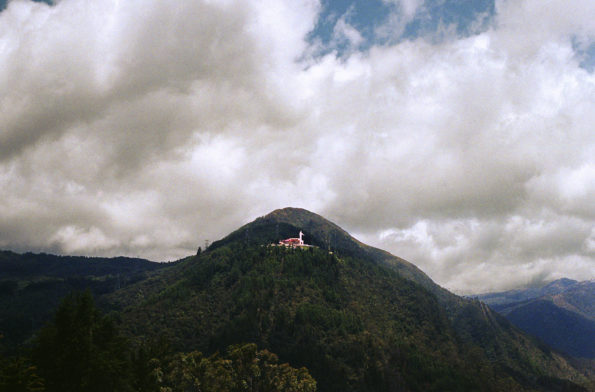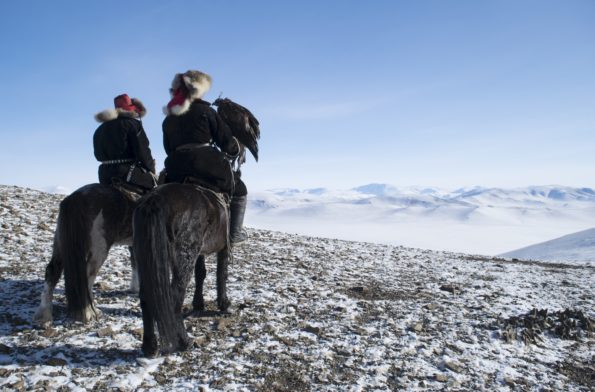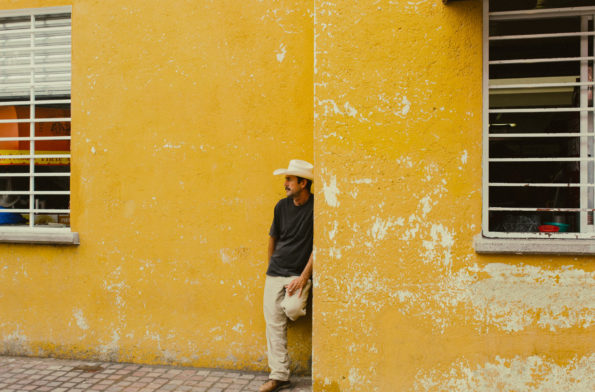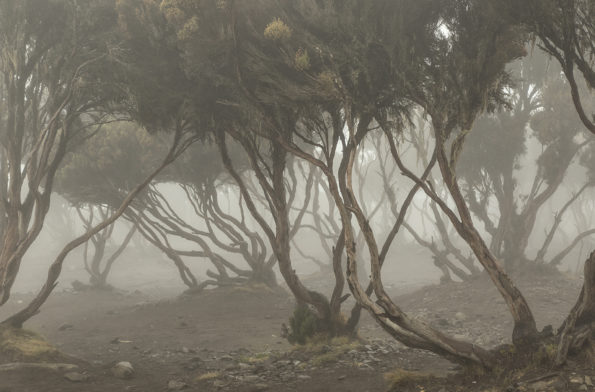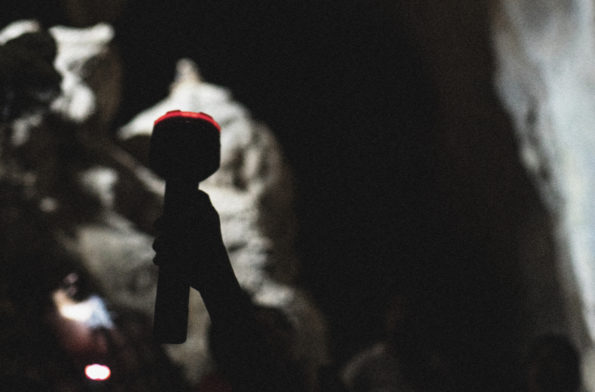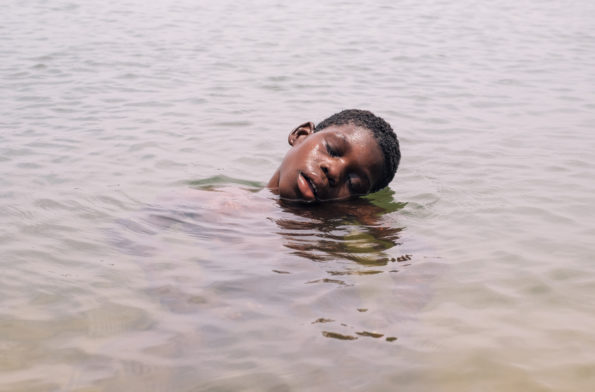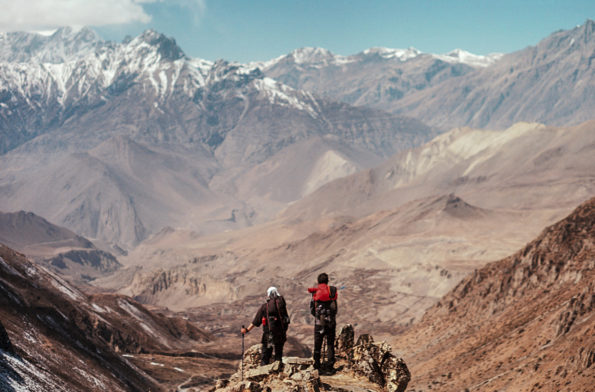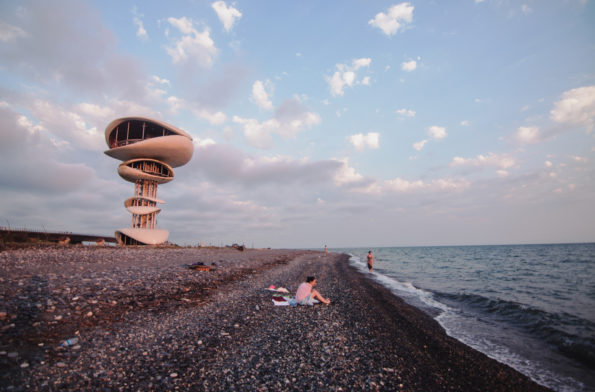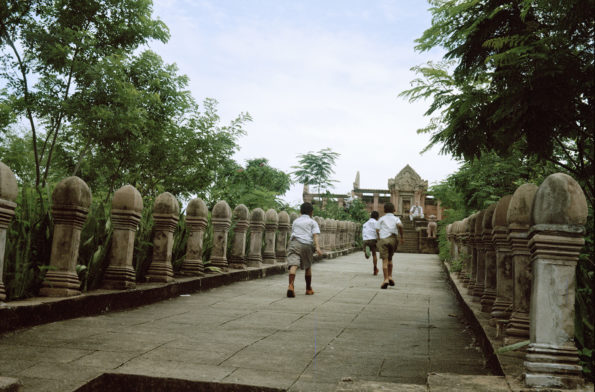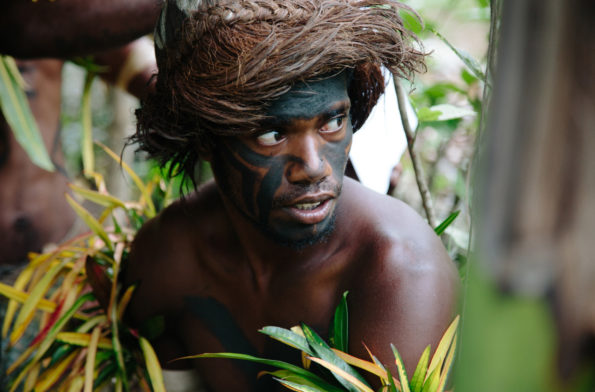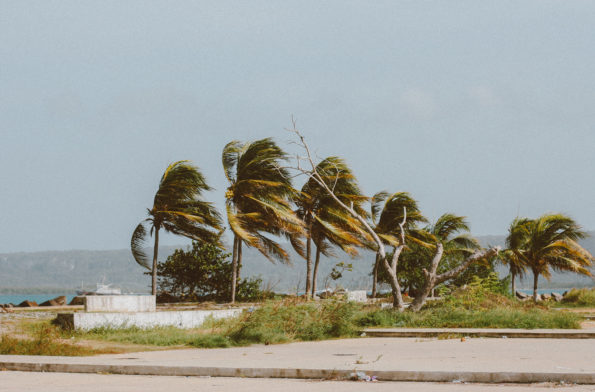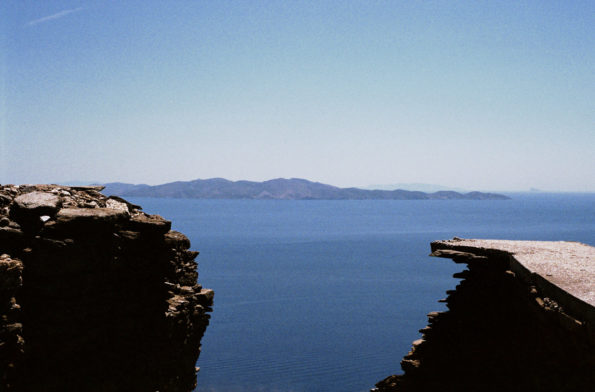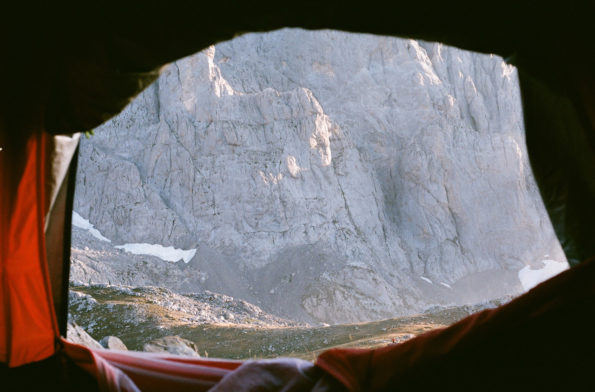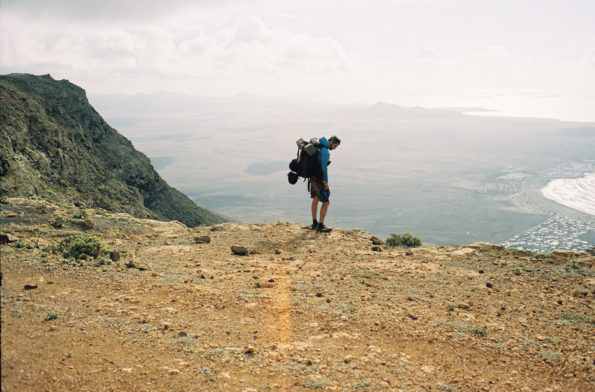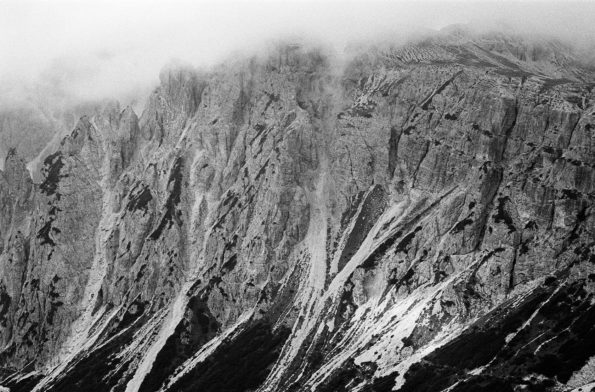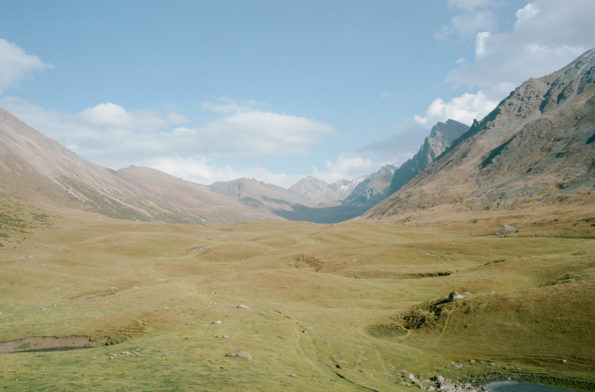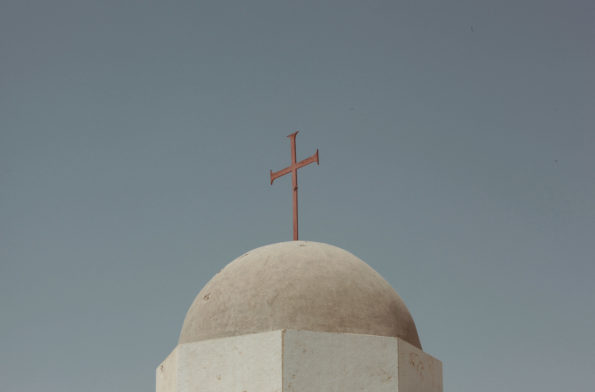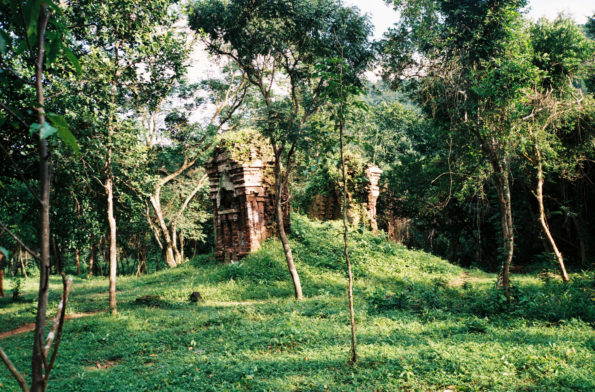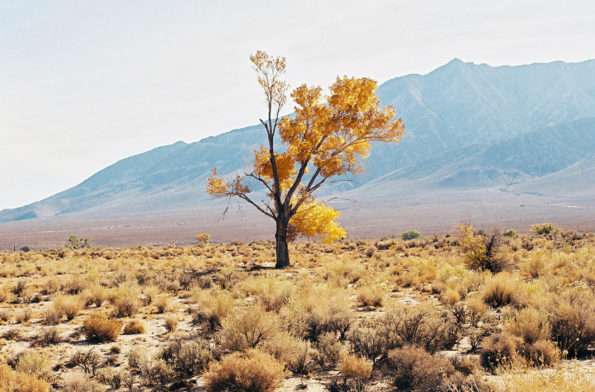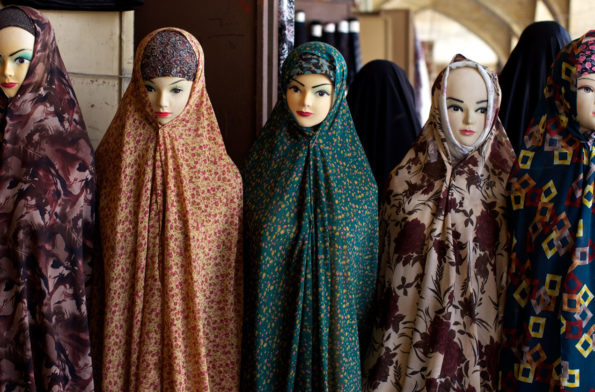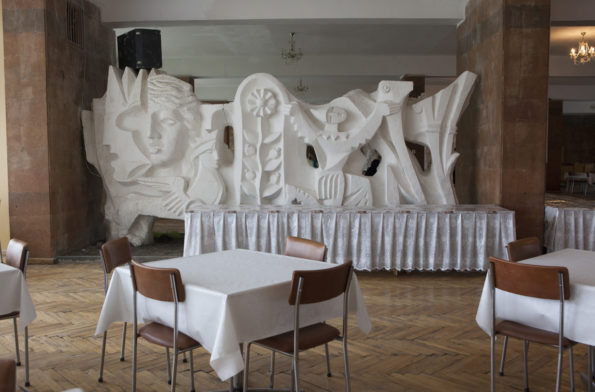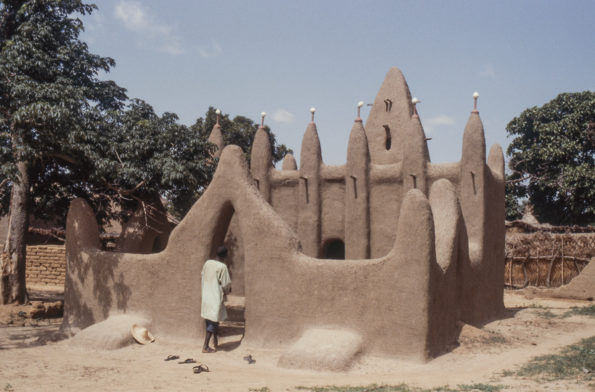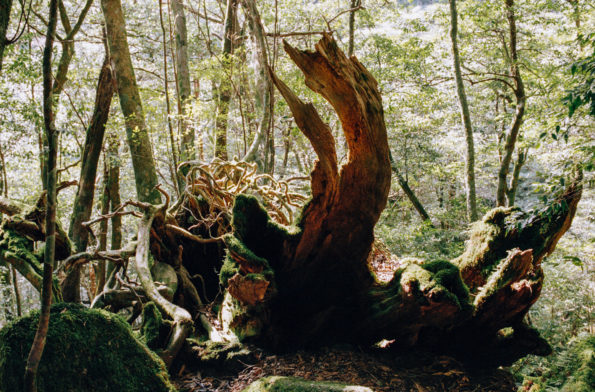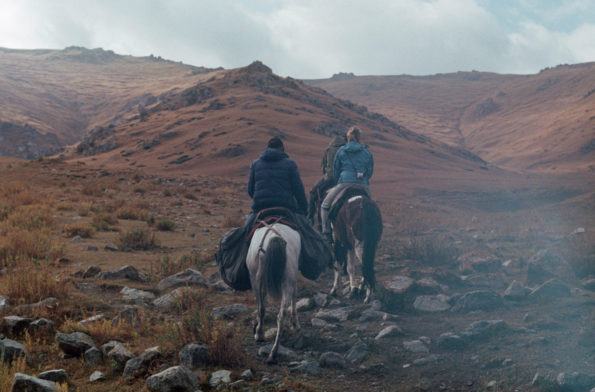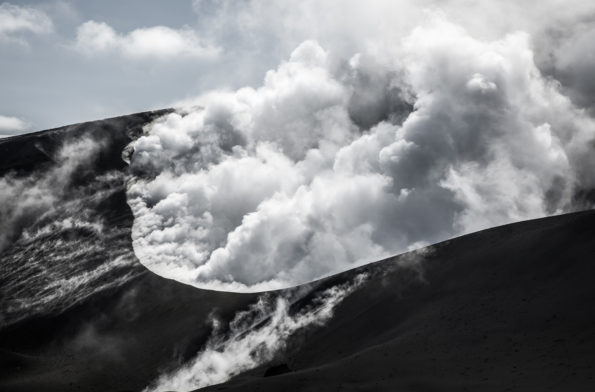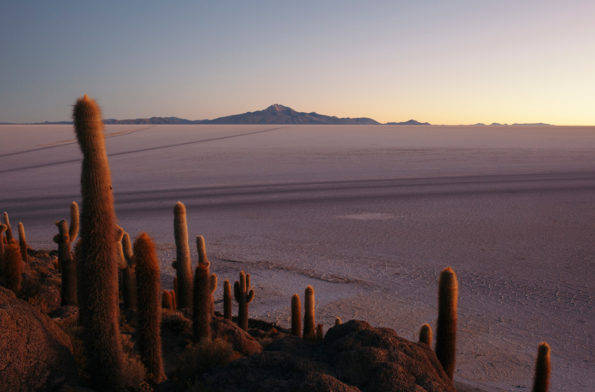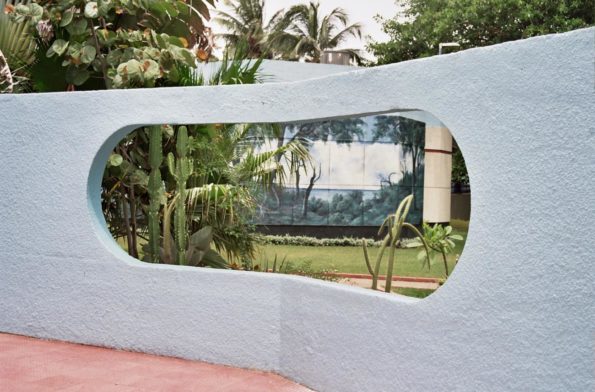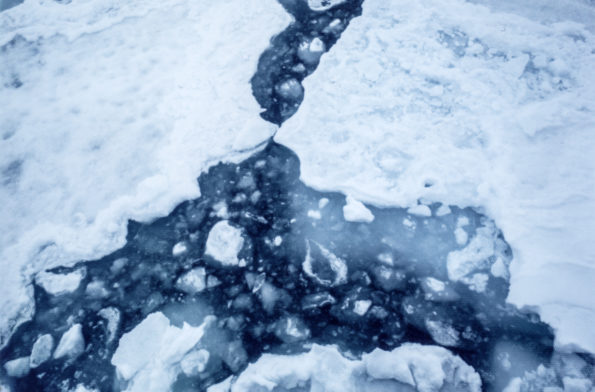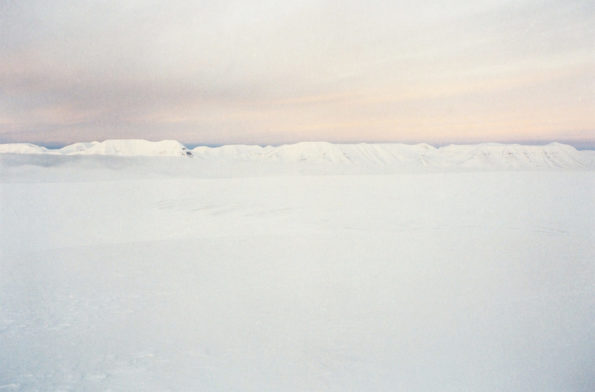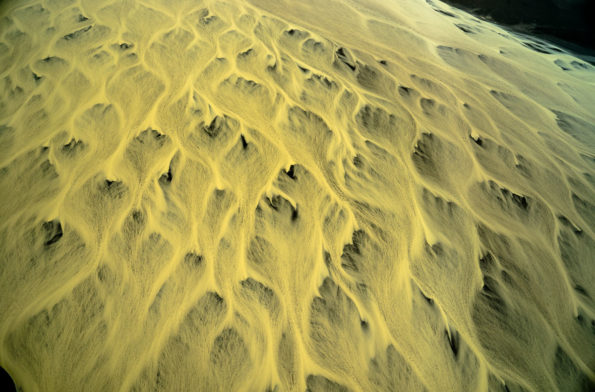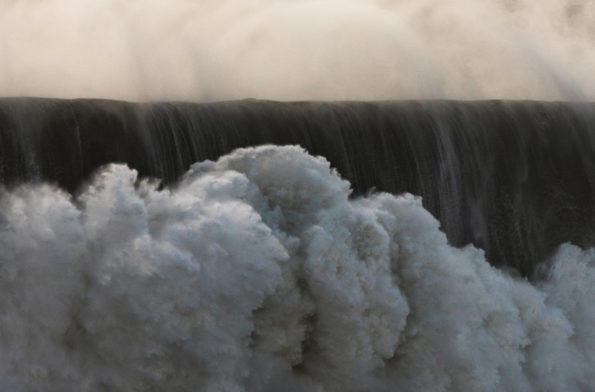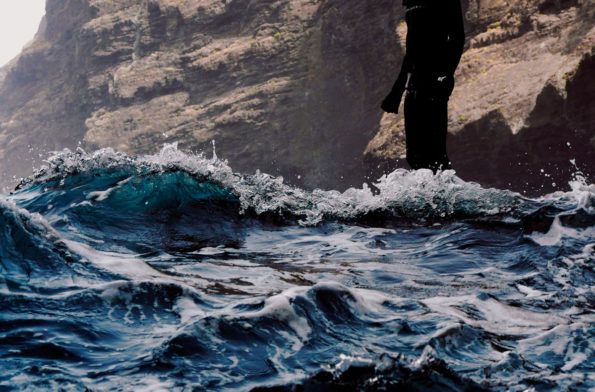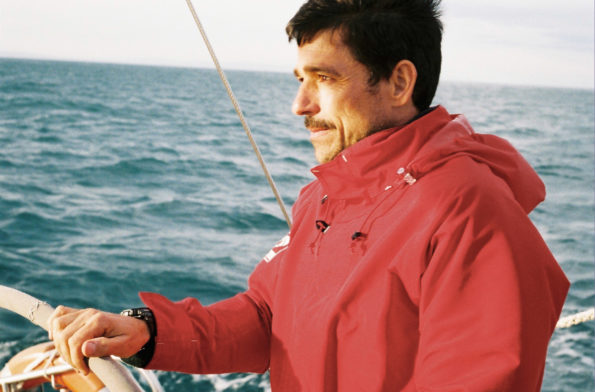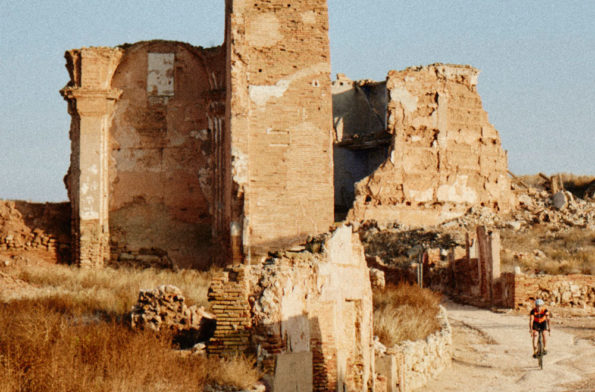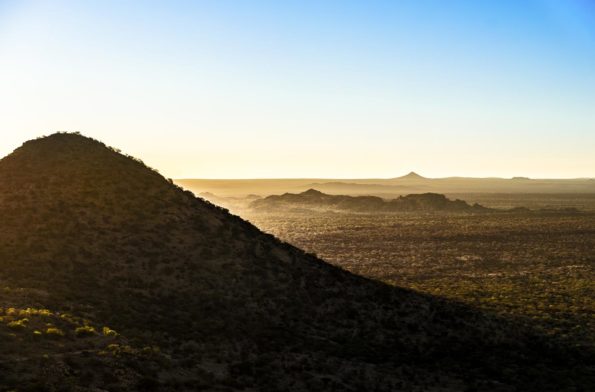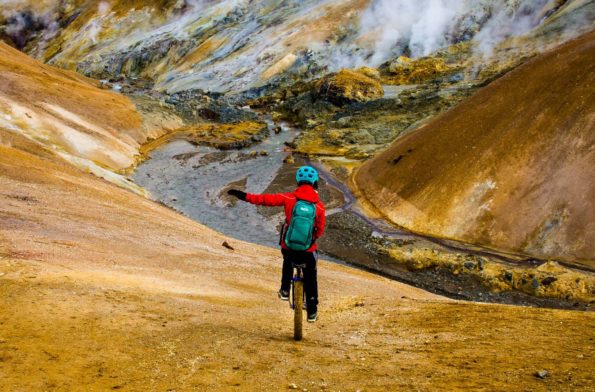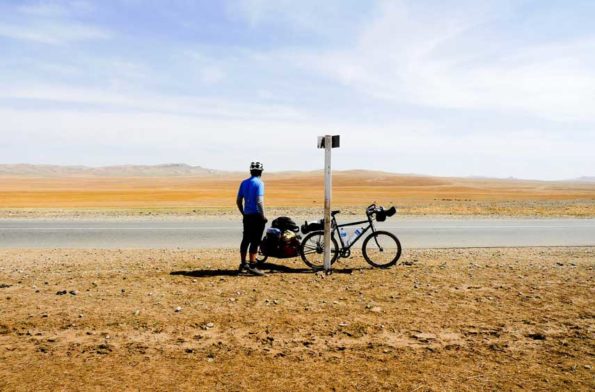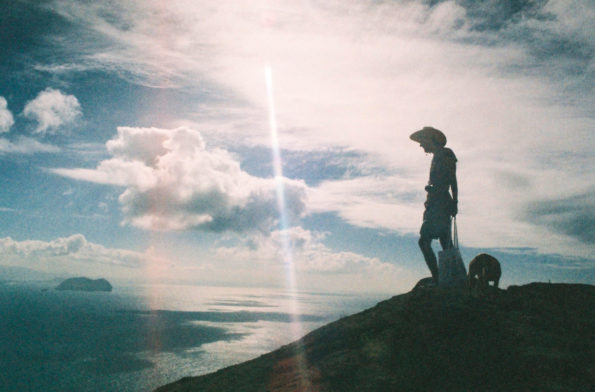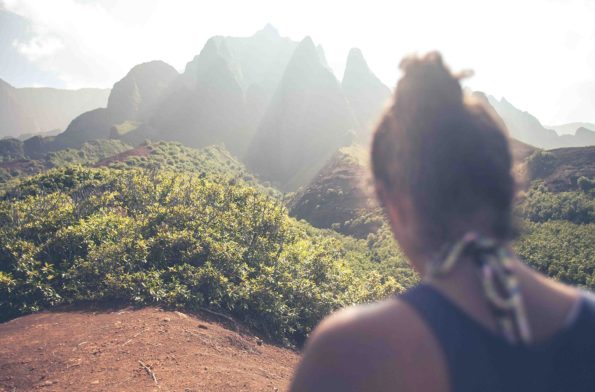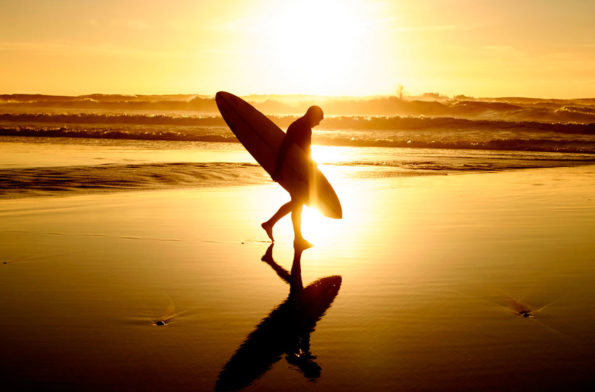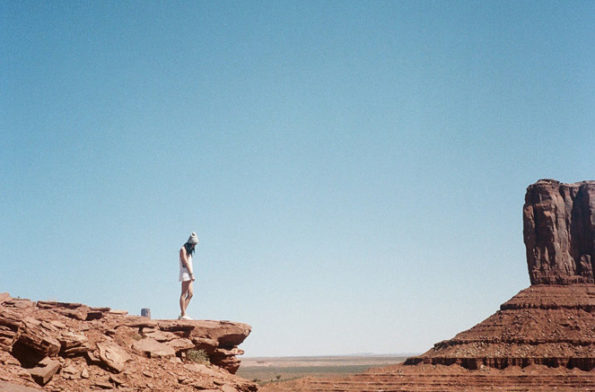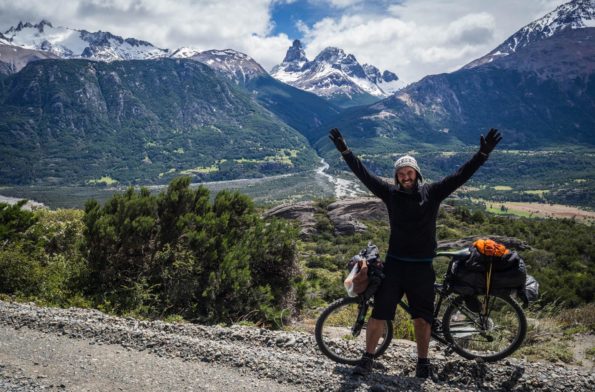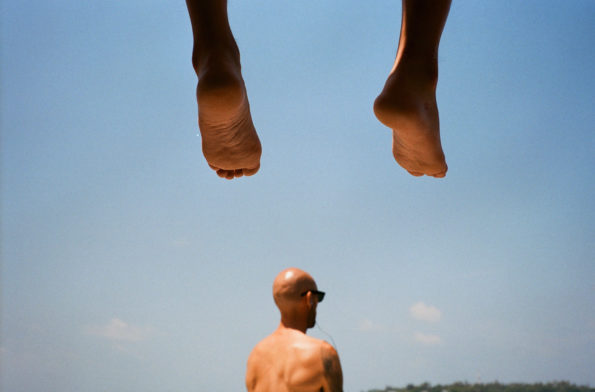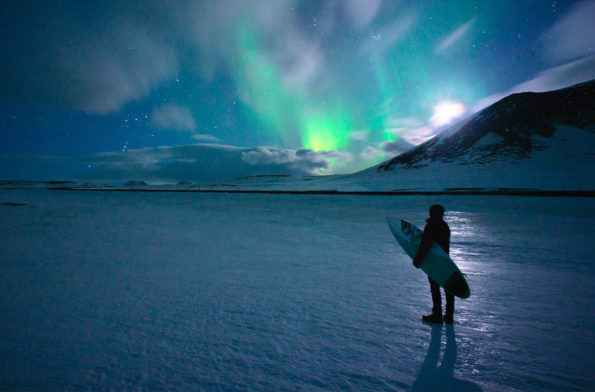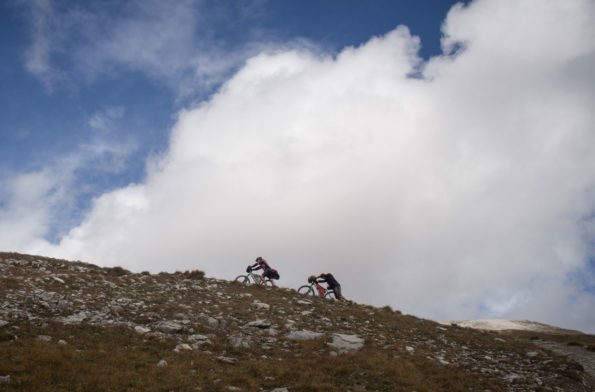Surf Panama, Chapter III
A majestic wildlife
Inside a unique natural diversity and his marvellous demiurge

Panama emerged from the oceans approximately 3 to 10 million years ago, making this strip of land the youngest in the Americas. The fact that this tiny territory linked the landmasses of the two Americas explains why Panama has such an prodigious biodiversity. In spite of its small size, Panama is home to more than 10,000 varieties of plants, over 200 mammals and reptiles and 1,000 species of birds. Many of the species inhabiting in this region are found nowhere else in the world.
Mainly, the exceptional diversity founds a meaning in high climatic conditions variation in within small areas and in the mangrove forest, typical from tropical coastlines, which regulates the whole ecosystem.
At the intersection of land and sea, with half their roots submerged in water, mangroves play a crucial role in the ecosystem stabilizing the coastline, reducing erosion from storms and protecting the land and his inhabitans from waves and tides. The Manglar, living in the edge of where land and water meet, creates the perfect conditions for this incredible diversity of creatures to live and survive, as well as being extremely important to the health of the whole planet.
As a charming demiurge, responsible according to Plato for the fashioning and maintenance of the physical universe, the Manglar purifies the waters in which it grows, synthesizes what it needs, shelters the coastline from external factors and works as nursery for fishes, invertebrates and crustaceans, a food source for monkey and birds, an hunting place for crocodiles and snakes. And creates a wonderful environment of wild beauty around itself.
Pelicans & Turtles
The Brown Pelican is one of the most preminent bird found in the Americas. With his dark body, oversized bill and sinuous neck, this comic and regal birds lives along panamanian coasts, glinding gently above the sea through the air shifted by the waves and feeding by plunge diving from high up into the water.
Same isolated and deserted beaches are home to nesting sea turtles. In Panamanian nights’ total darkness, with just the sound of the waves crashing on the shore, these clumsy but graceful giants crawl slowly ashore to lay their fragile eggs. The female digs deep holes and deposits the eggs, then covers the nest under the surface of the beach where the eggs will hatch at about the same time. The babies dig themselves out and try to make it to ocean quickly: the hatchlings who survive predators sliding back to the deep water will return to the same beach, renewing the cycle of life.
Crocodiles & Monkeys
The American Crocodile lazes in salt water along both coasts of Panama. They are present as well as within the Panama Canal, gathering where the fresh water meet the sea, at mouths of rivers and in the mangroves, where the lagarto aguja find a perfect habitat for living. Crocodiles go and seek food as the tide rises and hunt by remaining completely motionless in the water, waiting for the prey to come: with every locking, freshwater fish from the canal is poured into the sea, suffering the shock with salt water and getting easily attacked.
In Azuero virgin forest, in the lowlands, a fascinating variety of monkeys is likely to be spotted. White-faced capuchins, squirrel monkeys, barrigón monkeys, spider and howler monkeys are some of the species that can be found – some of them nowhere else in Central America. These tiny and sociable primates lives in groups up to 40 and make their home in rainforests trees, spending also some time on the ground to feed.
Sharks & Whales
Away from the shorelines, a fascinating variety of creatures populates Panama’s undersea wildlife. Water alongside the coast are teeming with tropical fishes, whales, sharks and dolphins, as well as blennies,sea stars, jellyfishes, lobsters, crabs, sea horses. The isle of Coiba, a few miles off Santa Catalina, a surftown on the mainland, is a wildlife paradise. Established at the beginning of the last century as an offshore penal colony, is now a natural reserve and an uniquely rich biodiversity spot, surrounded by one of the largest coral reefs on the Pacific coast of the Americas.
Its unique location and environmental conditions preserved a pristine habitat and allowed to sustain the uninterrupted evolution of marine species: adjacent waters are home to over 40 species of sharks and constitute a crucial reproduction area for humpback whales from both the hemispheres. Whalesharks usually lives in the open sea, while hammerhead usually swim in schools in between Coiba and Santa Catalina: white tip reef shark, galapagos, bull, and tiger are other shark species likely to be found along Panamanian coasts. In two different periods of the year, Panama conveys whale migrations both from Anctartica and North America, giving its water a seven months whale activity and making this narrow strip of land a suggestive and uncrowded spot for observing the marine mammals.
Photography. Dizy Díaz
Words. Albert Folch & Vincenzo Angileri / Eldorado
Drawings. Ángela Palacios

Albert Folch
Surfer and Art director

Dizy Díaz
Surfer and Photographer




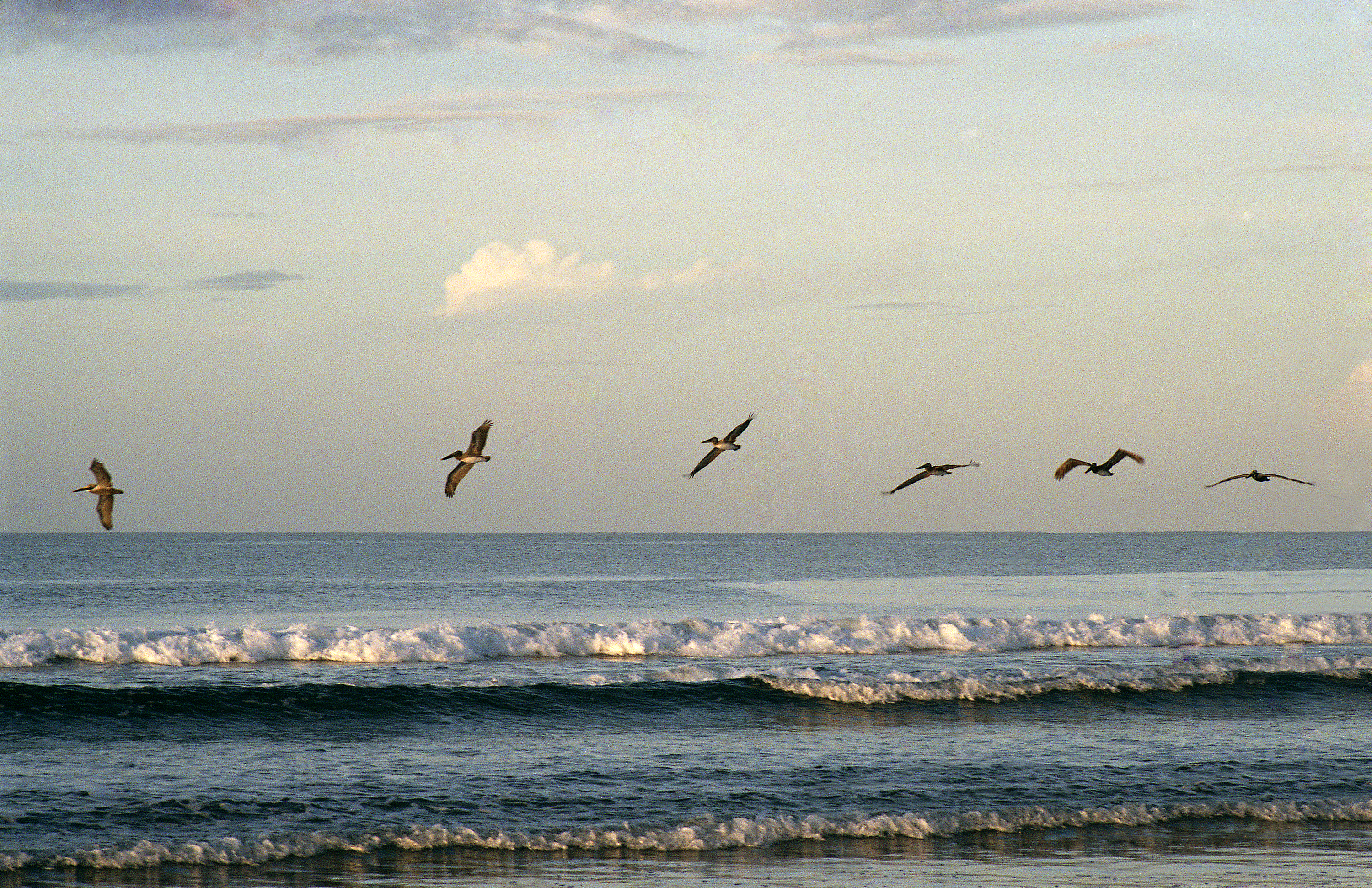
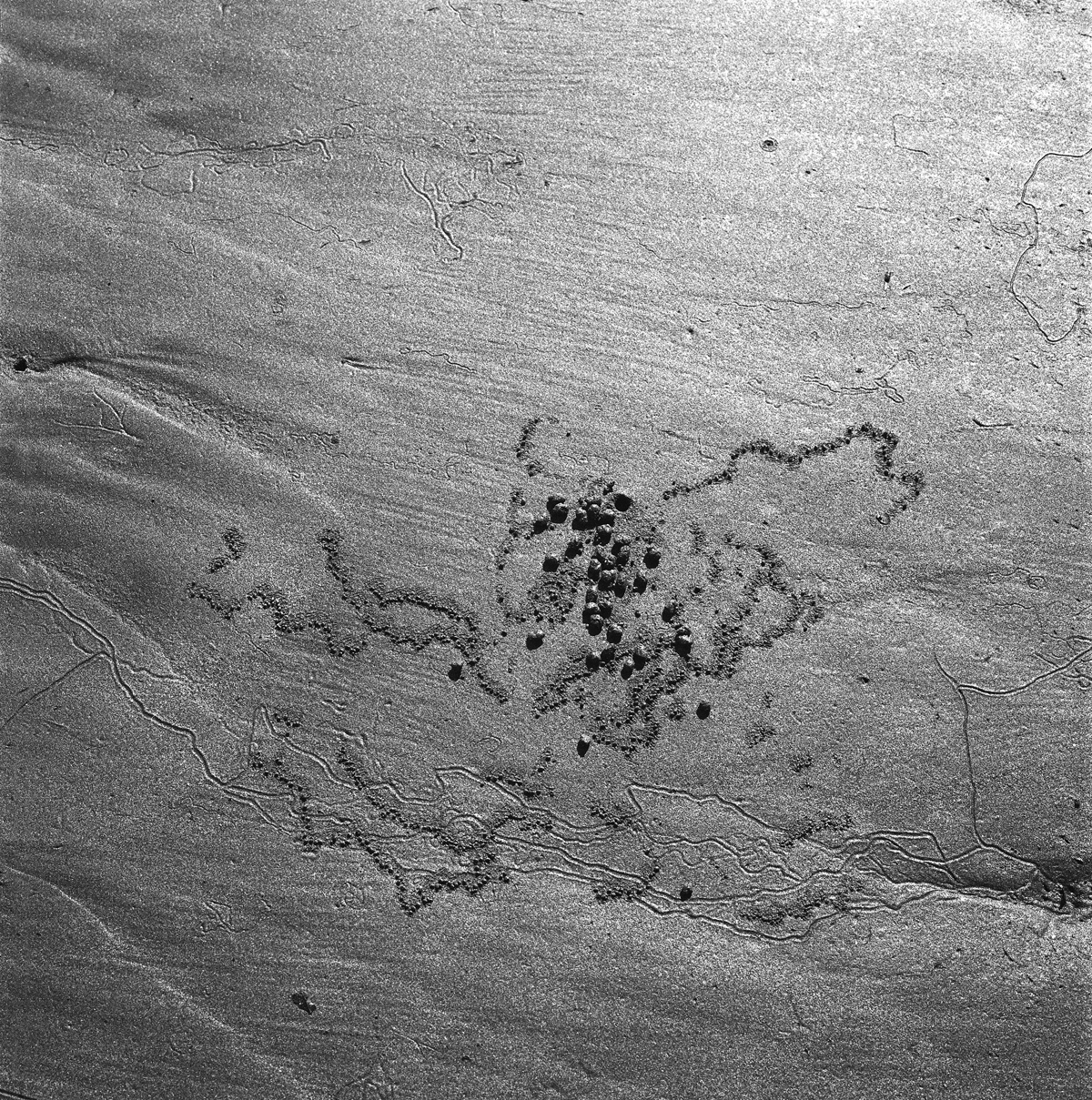
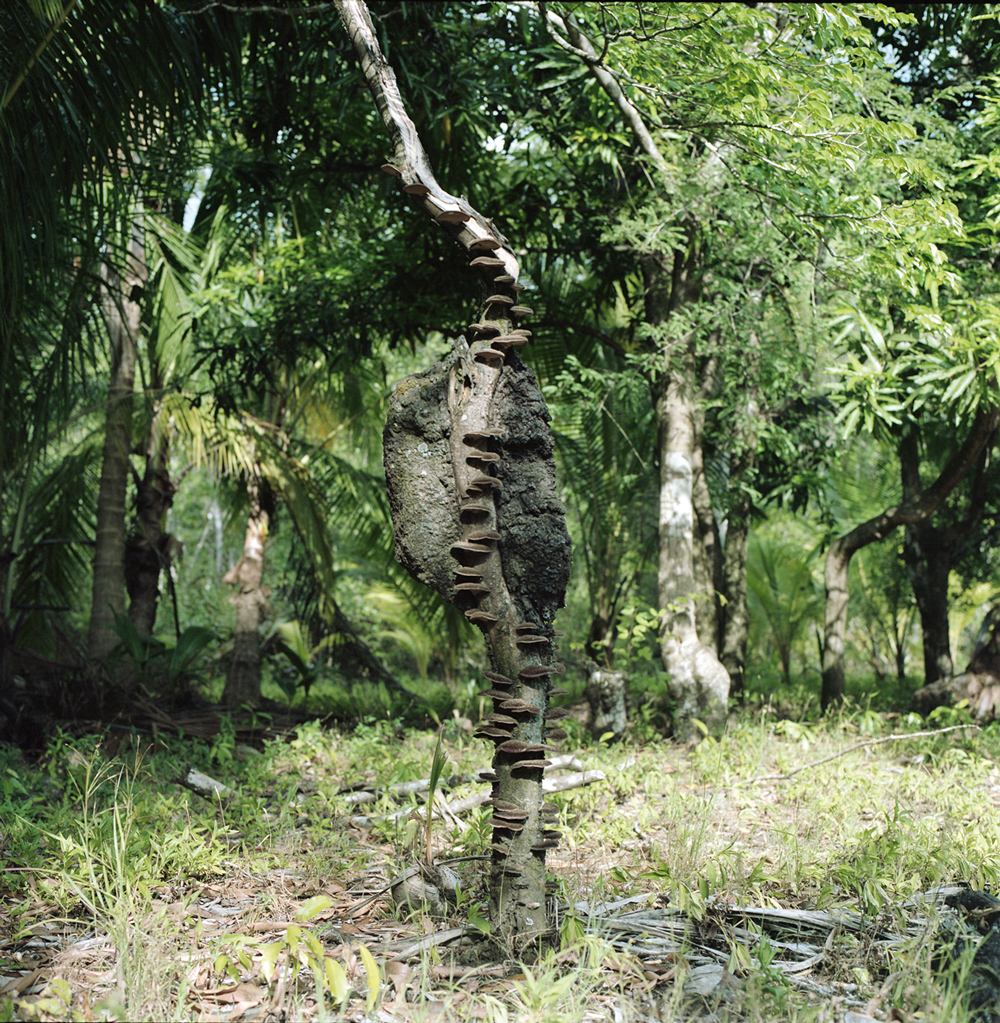

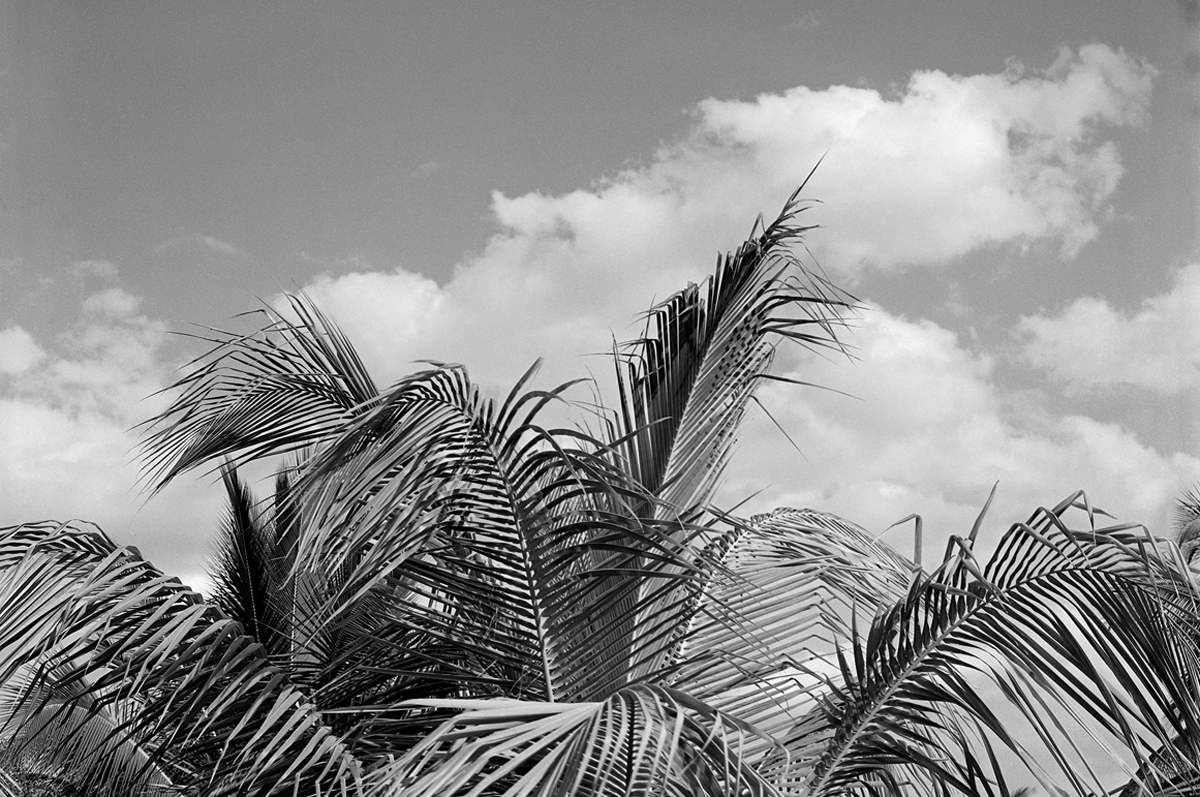
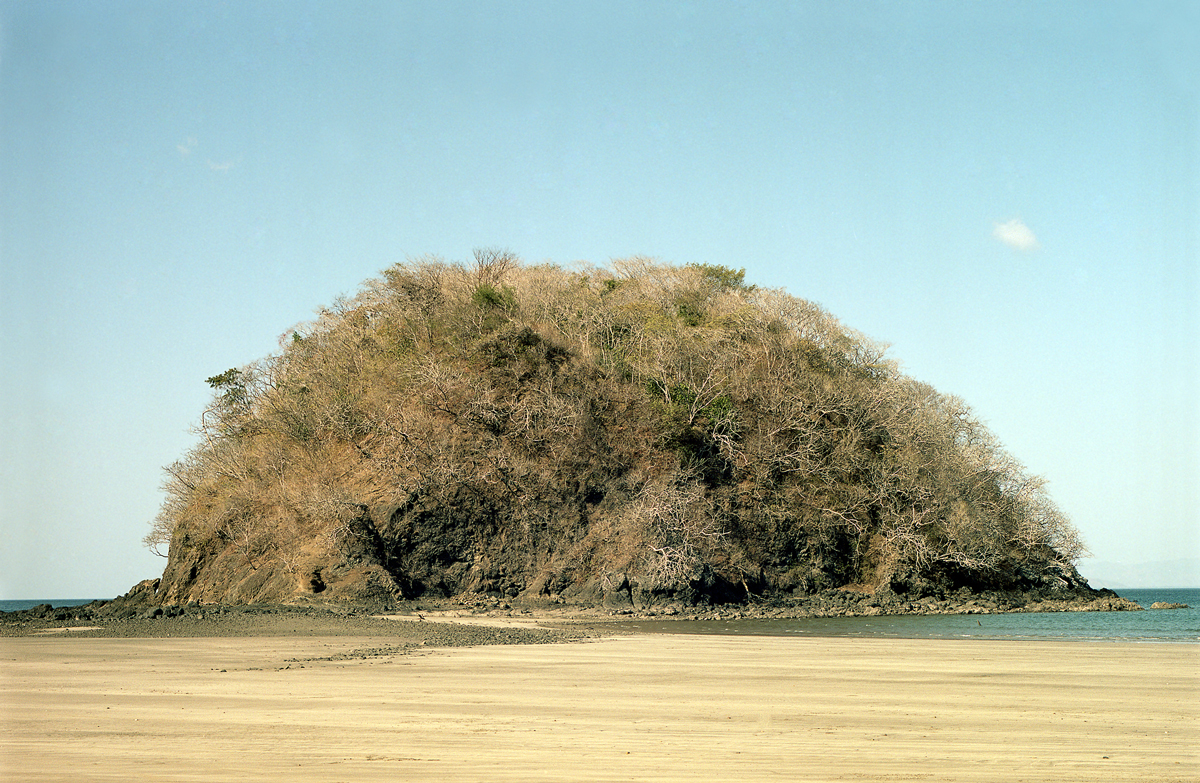
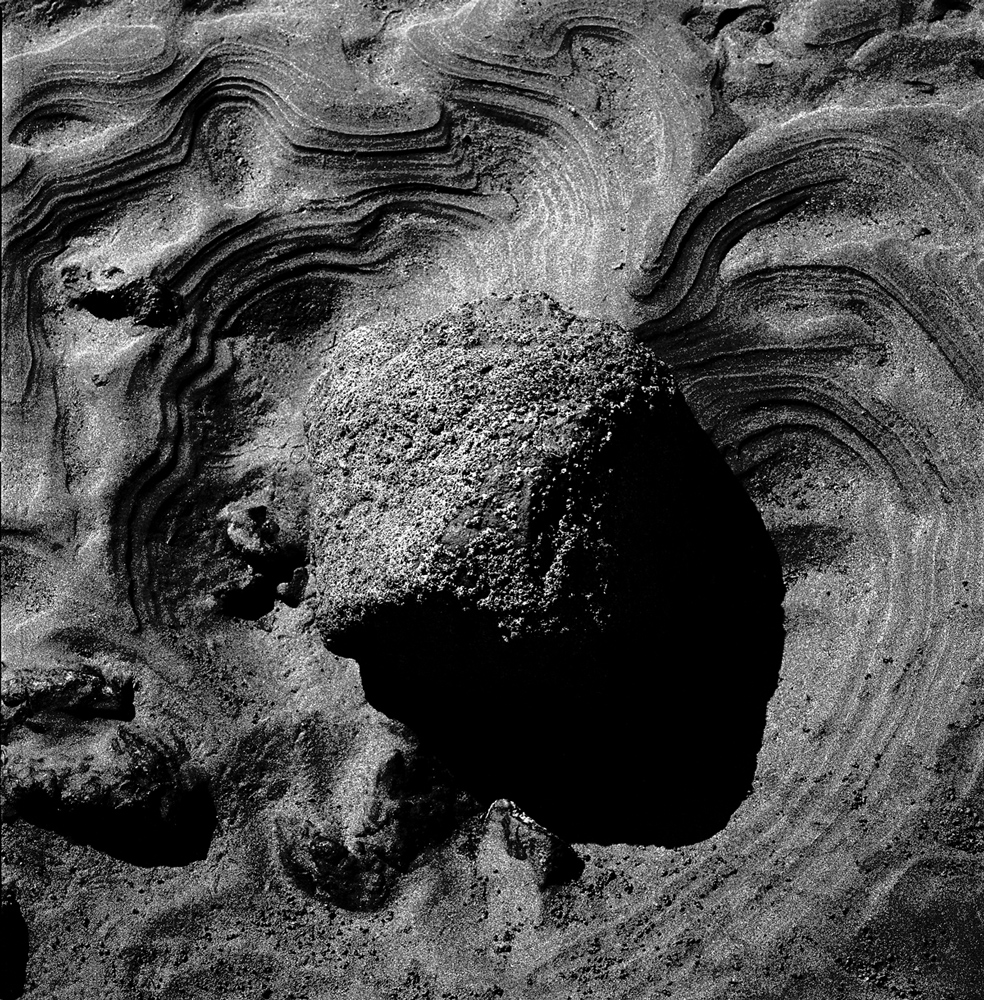
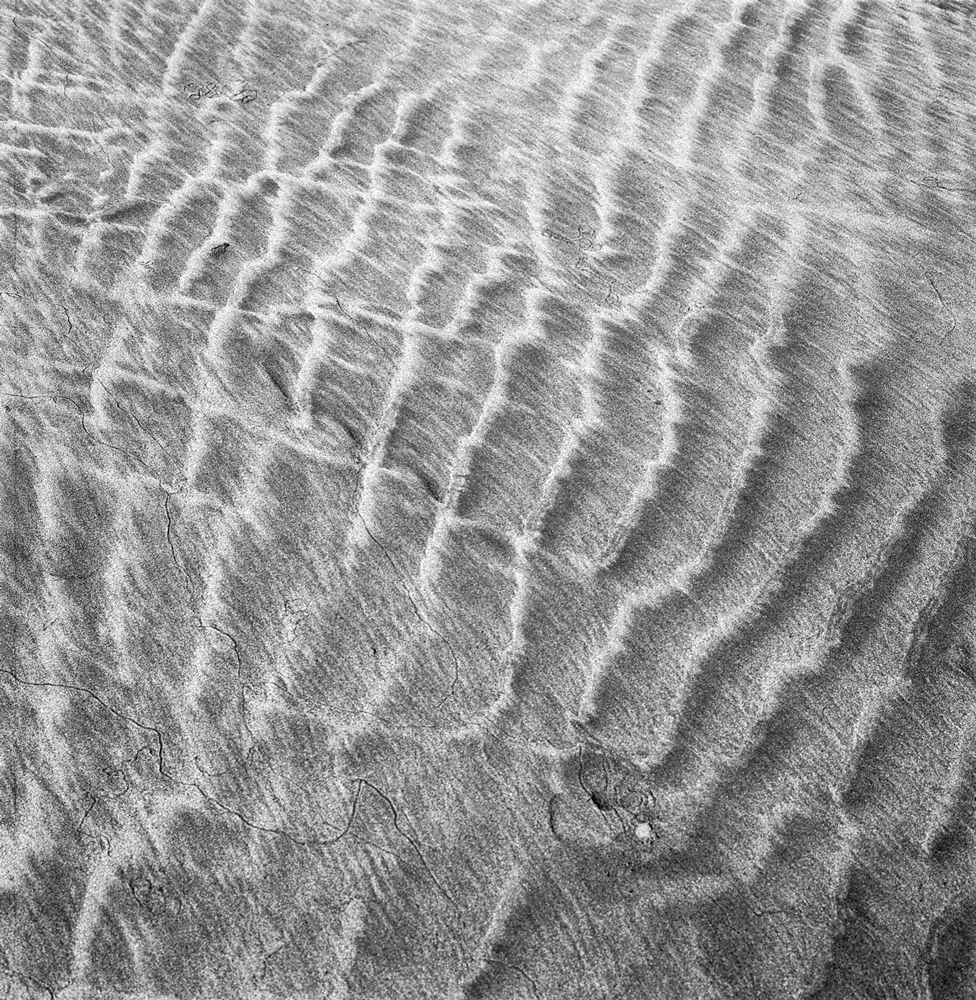
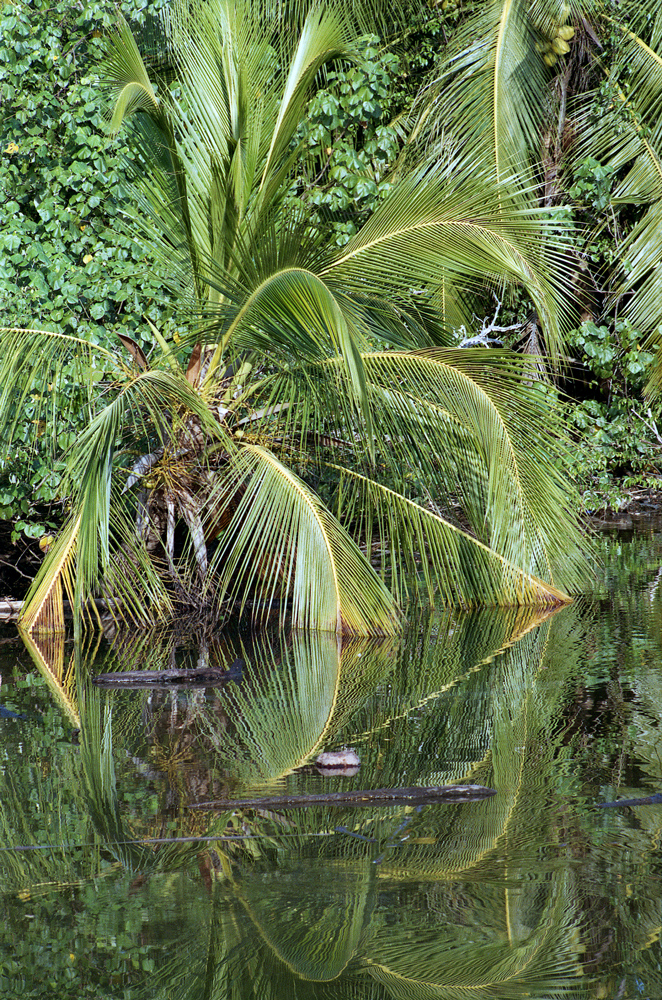
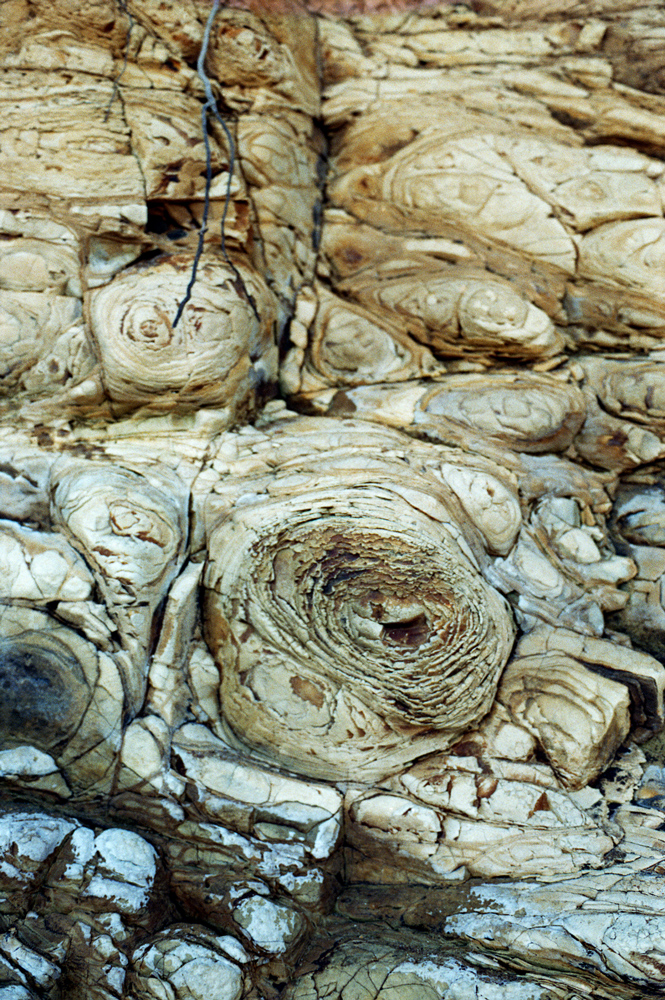
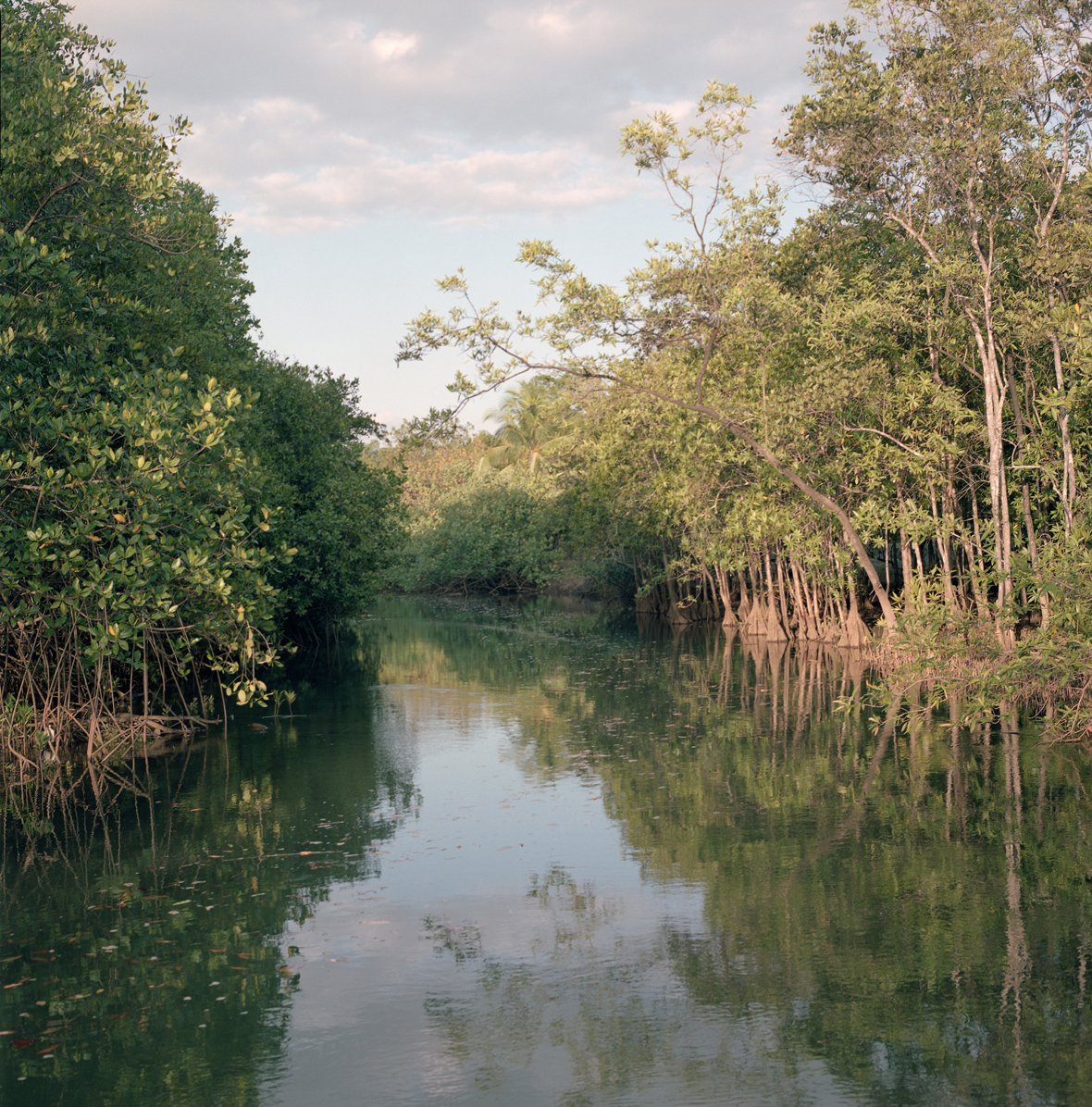

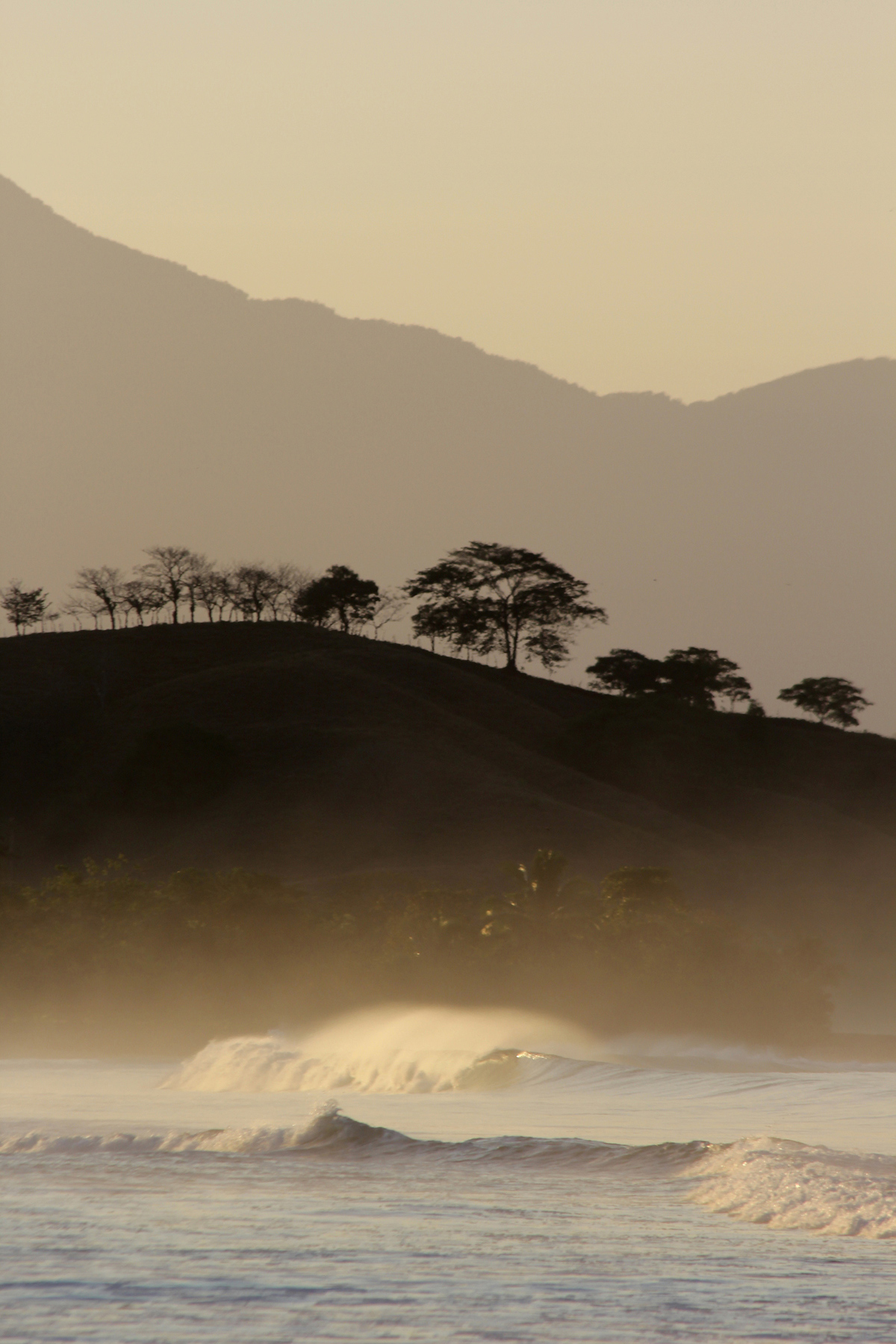



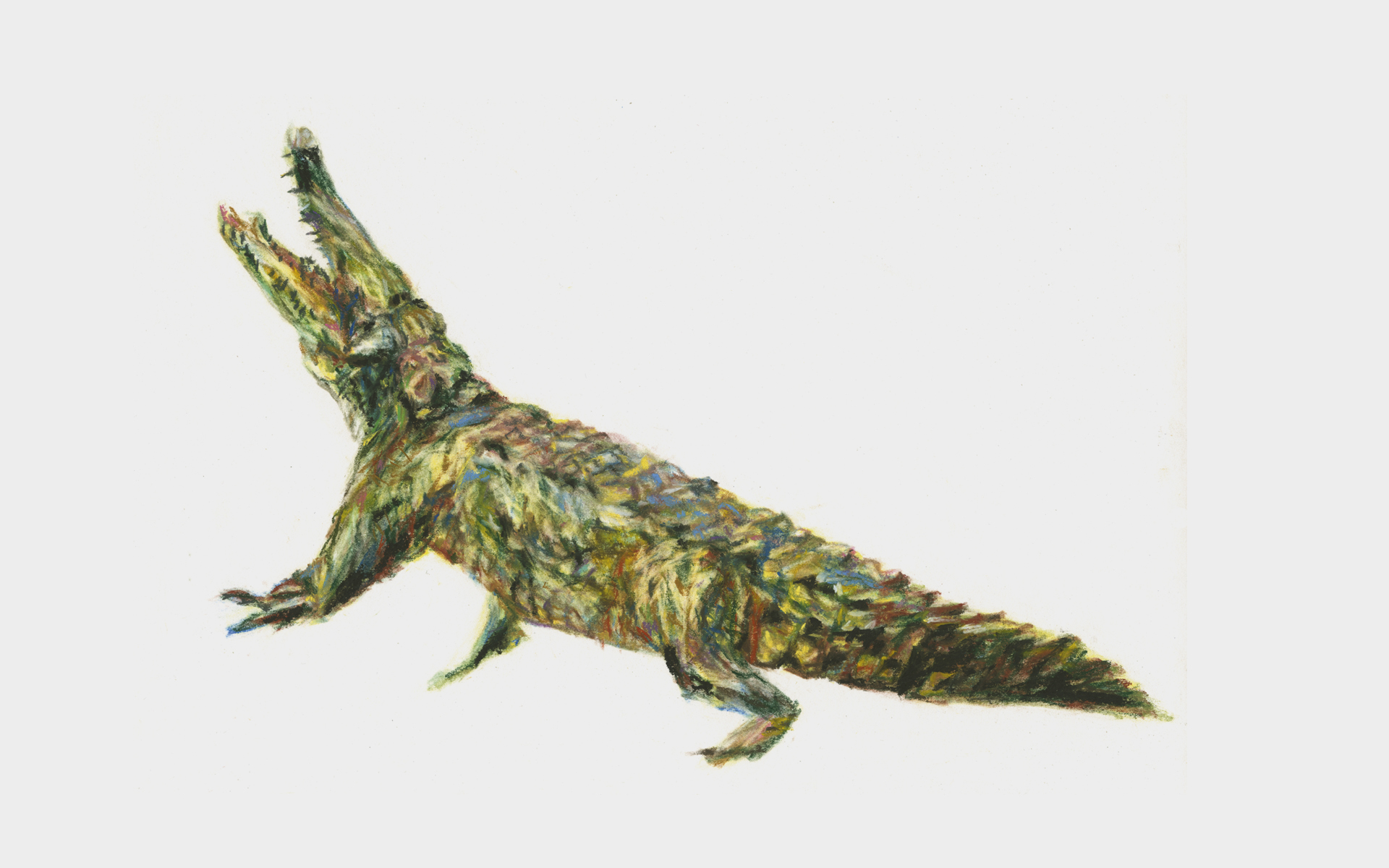

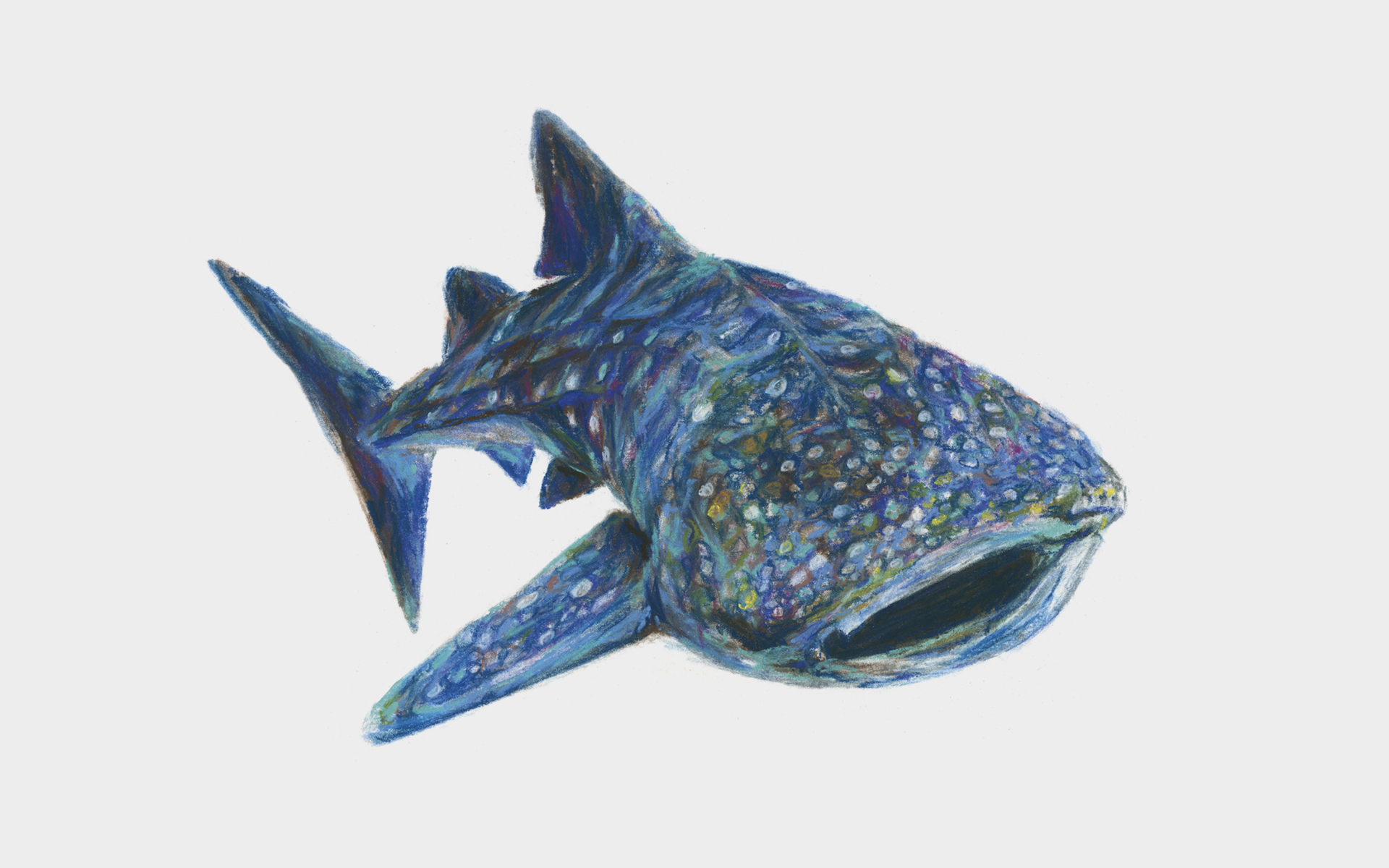


 @albertfolchrubio
@albertfolchrubio @albertfolchrubio
@albertfolchrubio
